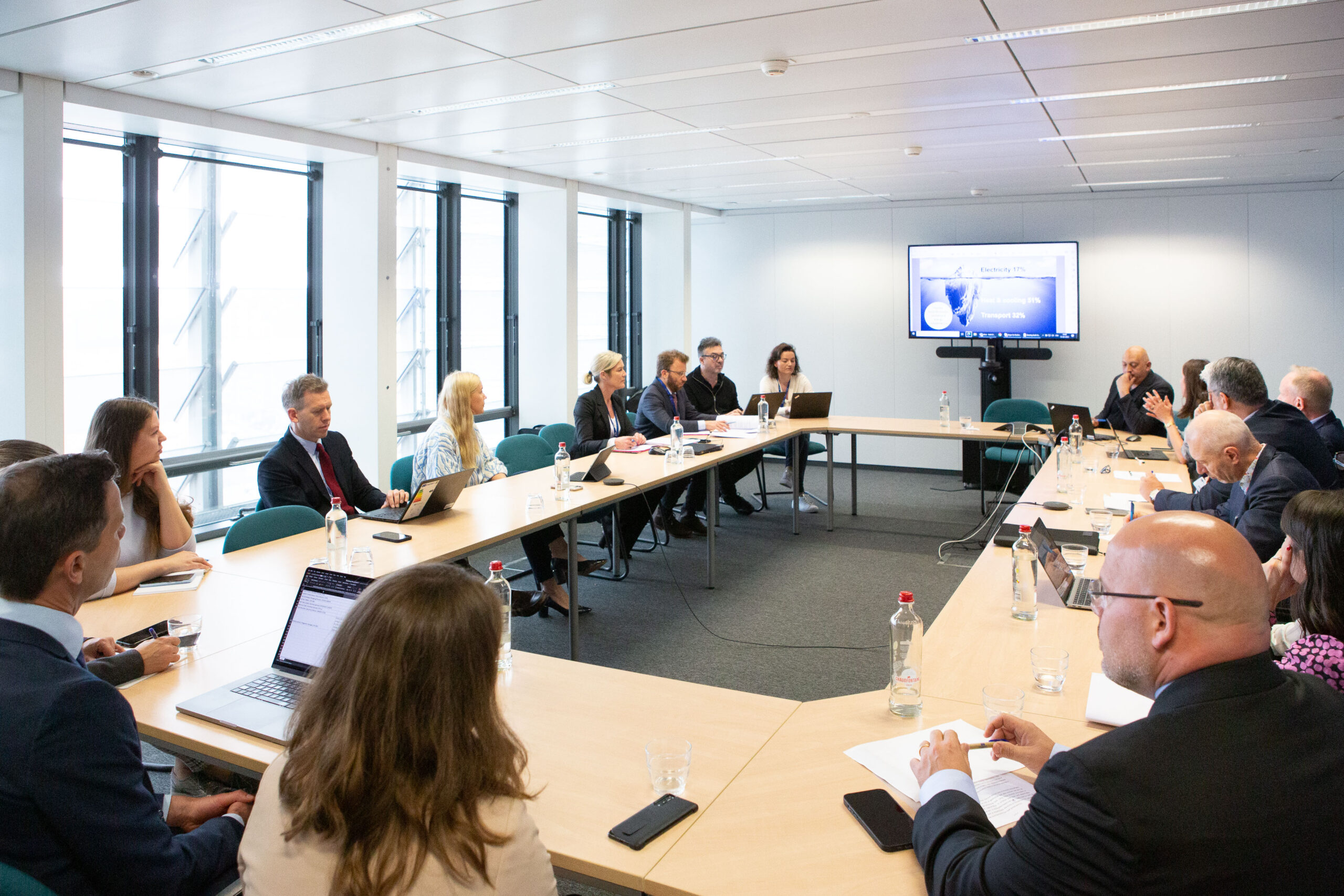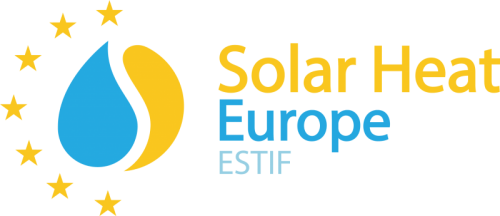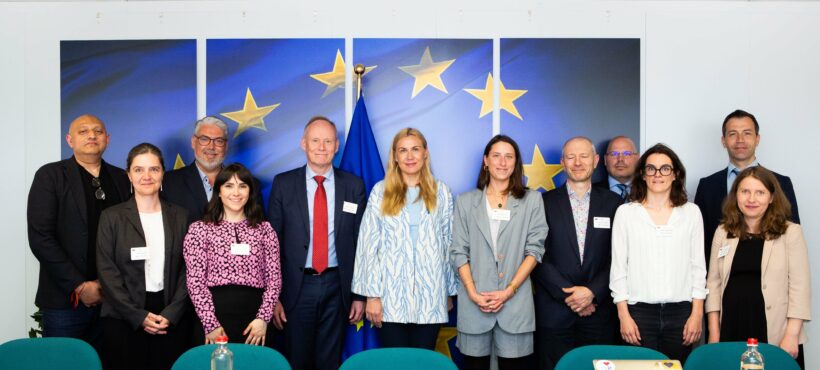 To achieve our climate and energy targets, huge amounts of investments will be needed to modernise, and decarbonise Europe’s heating and cooling sectors.
To achieve our climate and energy targets, huge amounts of investments will be needed to modernise, and decarbonise Europe’s heating and cooling sectors.
Heating and cooling accounts for half of Europe’s energy demand, with more than 60% coming from fossil fuels. Most of it is used in buildings (space and water heating) and industry (process heat). About 75% of CO2 emissions from buildings can be reduced by replacing fossil-based heating and cooling solutions with efficient renewable and clean heat technologies. Parallelly, 20% of industrial process heat concerns temperatures below 100 degrees Celsius, and about 50% of the production of steam at medium temperatures (100–500 degrees Celsius)[1]. It can be effectively decarbonised through available heating technologies and resources.
Since the war in Ukraine broke, Europe’s demand for local and clean heating solutions has grown exponentially. At the same time, Europe’s cooling demand increases year-on-year, driven by global warming and the increasing occurrence of heat waves even in northern regions.
It is urgent to spark an ambitious EU heating & cooling transition. Locally available clean heat sources such as renewable heat (solar thermal, geothermal, sustainable bioenergy, and gaseous biomass fuels), sustainable waste heat, renewable electricity and highly efficient heating technologies (such as ambient and geothermal heat pumps or combined heat and power) are available, cost-efficient and ready to be deployed.
The Fitfor55 establishes a binding renewable target for heating and cooling and dedicated sub-targets for renewable and waste heat recovery in district heating and cooling. It introduces local heating and cooling plans, and national heating and cooling assessments, to identify local clean and renewable heat sources. Finally, Fitfor55 recognises the importance and potential of waste heat and thermal storage.
It is a first stepping stone to accelerate heat decarbonisation in buildings and industries. Nevertheless, additional measures are required to accelerate investment through clearer signals and the instruments we outline below.



Leave a Reply